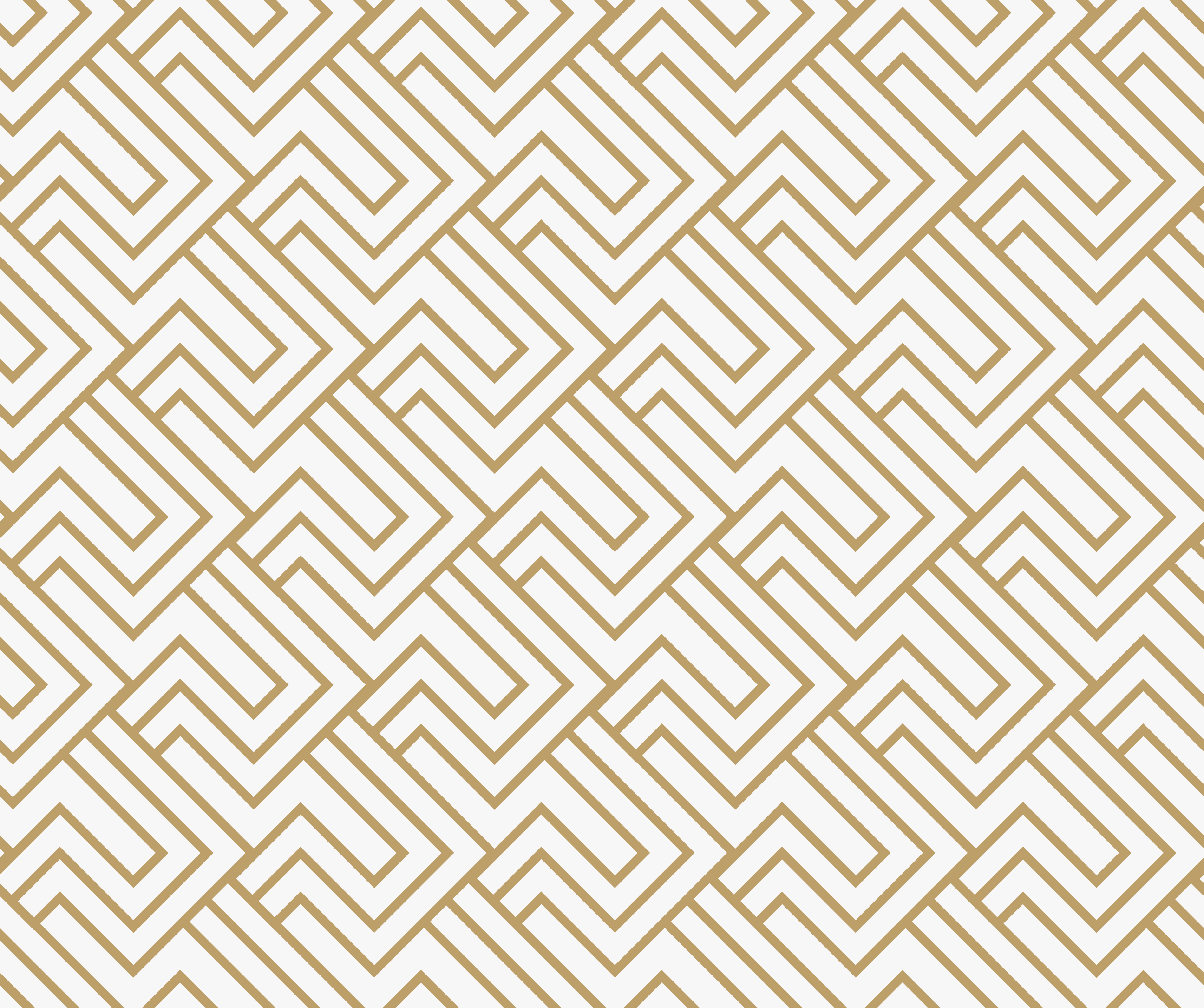
//innermost loop to represent the alphabets for (j= 1 j<= i j++) outermost loop to represent the number of rows which is 5 in this case for(i= 1 i<= 5 i++) Example 6: Printing pattern of alphabets. For example, ‘A’ has a numeric value of 65 in Java, so all the mathematical logic is performed using the numeric value of the alphabet, and in the end, it is printed in the character format. But the main thing that should be noted is the handling of character data. The pyramid is printed with the same logic as used in the above example, using 2 for loops, one for the number of rows and others for the character printing in a particular row.

//innermost loop to represent the alphabets in a pyramid in particular row for (j= 1 j<= i j++) //outermost loop to represent the number of rows which is 5 in this case for(i= 1 i<= 5 i++) Example 5: Printing half the pyramid using alphabets.

#LINE PATTERNS FULL#
So 3 for loops are used, working similarly to the ones in the case of the full pyramid. Simple half pyramid is easy as we need to handle the numbers, * or the characters we are printing, but for the reverse pyramid, we need to first print the spaces and then the pattern, which is (*) in our case. //innermost loop to represent the stars (*) in pyramid for (k= 1 k<= i k++) //outermost loop to represent the number of rows which is 5 in this case for(i= 1 i<= rows i++) Example 4: Printing half reverse pyramid using numbers. For this second and third , for loops are used inside the outer loop ‘i’. Secondly, we first need to print the spaces in the pyramid and then the pattern (*) after the spaces. keeping in mind the total number of rows for the printing of the pyramid for which the first for loop is working from 1 to rows variable. In the above example, we need to do 3 things, i.e. //innermost loop to represent the stars (*) in pyramid for (k= 1 k<= 2*i-1 k++) innermost loop to represent the spaces in pyramid for (j= 1 j<= rows-i j++) outermost loop to represent the number of rows which is 5 in this case for(i= 1 i<= rows i++) Example3: Printing full pyramid using stars(*). Inner loops for both halves are used to iterate through each row according to the outer loop. The first half of the rows would be the initial value set for rows, whereas the row count is 1 less than the initial value for the lower half. In the above example, we need to divide the arrow into two halves and use 2 loops for each half. //innermost loop is to print the numbers in the specific rows //outermost loop to represent the number of rows which is 5 in this case for(i= 1 i=1 i-)
#LINE PATTERNS SOFTWARE#
Web development, programming languages, Software testing & others Example1: Printing half the pyramid using numbers. TaskDialog.Start Your Free Software Development Course TaskDialog.Show("Rename LinePatterns","Renaming failed") LinePatternElement lpe = doc.GetElement(id) as LinePatternElement

Using(Transaction t = new Transaction(doc,"Rename LinePatterns")) Start the transaction that will modify your document
#LINE PATTERNS CODE#
Add them to a list of ids - this is redundant but makes this code reusable for other purposesįor (int i = 0 i < collector.Count() i++) Where(i => i.Name.StartsWith("PREFIX")).ToList()

Var collector = new FilteredElementCollector(doc) Get all line patters starting with PREFIX UIDocument uidoc = this.ActiveUIDocument This code is an evolution of Matthew Nelson's example. The following piece of code retrieves all line patterns matching a naming prefix and modifies their name.


 0 kommentar(er)
0 kommentar(er)
